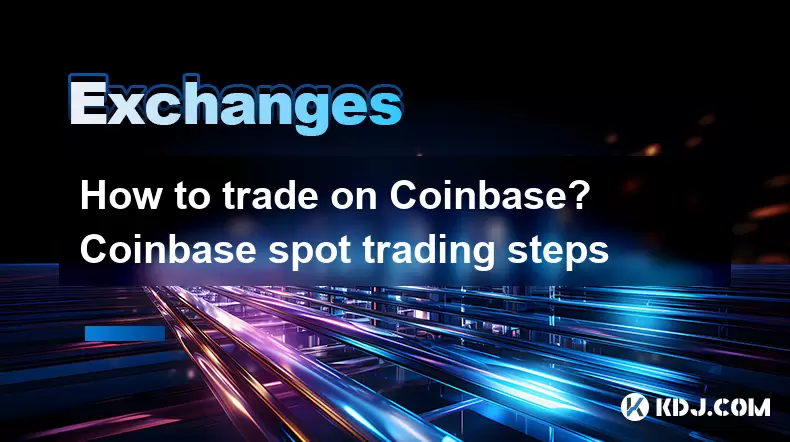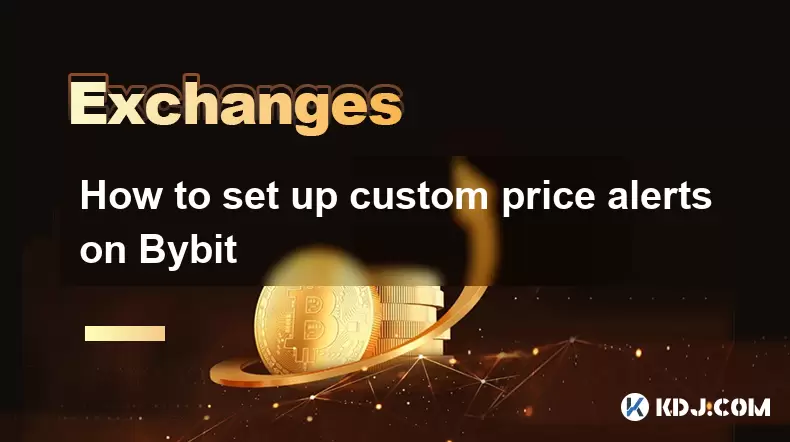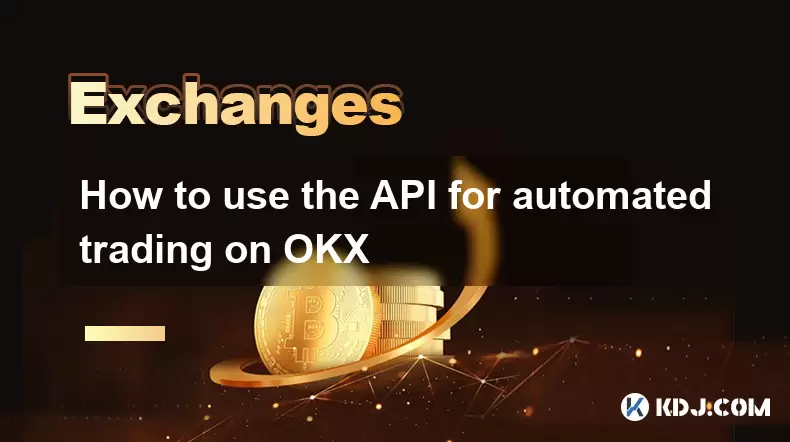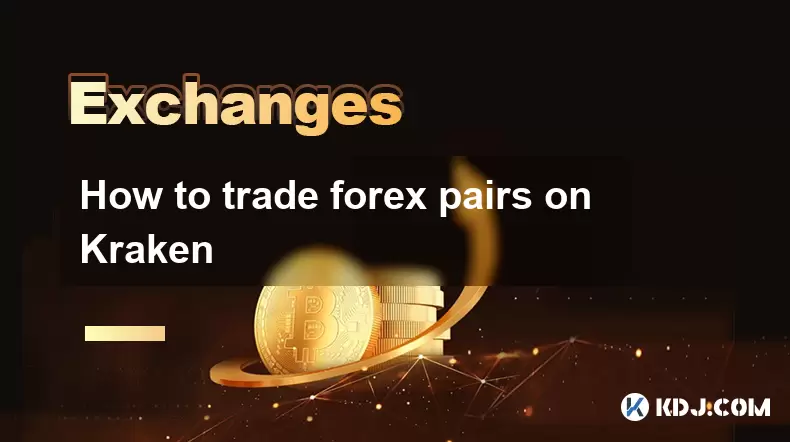-
 Bitcoin
Bitcoin $117600
2.11% -
 Ethereum
Ethereum $3907
6.13% -
 XRP
XRP $3.288
9.68% -
 Tether USDt
Tether USDt $1.000
-0.01% -
 BNB
BNB $784.8
2.00% -
 Solana
Solana $174.3
3.60% -
 USDC
USDC $0.9997
-0.03% -
 Dogecoin
Dogecoin $0.2220
8.04% -
 TRON
TRON $0.3379
0.01% -
 Cardano
Cardano $0.7829
5.46% -
 Stellar
Stellar $0.4348
8.84% -
 Hyperliquid
Hyperliquid $40.50
6.38% -
 Sui
Sui $3.757
7.22% -
 Chainlink
Chainlink $18.41
10.06% -
 Bitcoin Cash
Bitcoin Cash $581.6
1.91% -
 Hedera
Hedera $0.2586
5.37% -
 Avalanche
Avalanche $23.30
4.67% -
 Ethena USDe
Ethena USDe $1.001
0.01% -
 Litecoin
Litecoin $122.0
2.62% -
 UNUS SED LEO
UNUS SED LEO $8.972
-0.23% -
 Toncoin
Toncoin $3.338
1.14% -
 Shiba Inu
Shiba Inu $0.00001282
3.76% -
 Uniswap
Uniswap $10.38
6.88% -
 Polkadot
Polkadot $3.852
4.63% -
 Dai
Dai $1.000
0.02% -
 Bitget Token
Bitget Token $4.463
2.29% -
 Monero
Monero $263.6
-7.22% -
 Cronos
Cronos $0.1496
4.78% -
 Pepe
Pepe $0.00001106
4.91% -
 Aave
Aave $284.3
8.09%
How to trade on Coinbase? Coinbase spot trading steps
To trade on Coinbase, set up an account, deposit funds, and use the trading interface to place spot trades, monitoring and managing them for optimal results.
May 29, 2025 at 02:01 pm

Trading on Coinbase can be an exciting journey into the world of cryptocurrencies. Whether you're a beginner or an experienced trader, understanding the steps to trade on Coinbase's spot market is essential. In this article, we'll guide you through the process of trading on Coinbase, focusing on spot trading, which involves buying and selling cryptocurrencies at the current market price.
Setting Up Your Coinbase Account
Before you can start trading on Coinbase, you need to set up an account. Here are the steps to get started:
- Visit the Coinbase website and click on the "Sign Up" button.
- Enter your personal information, including your name, email address, and a secure password.
- Verify your email address by clicking on the link sent to your inbox.
- Complete the identity verification process, which may involve providing a government-issued ID and a selfie.
- Set up two-factor authentication (2FA) to add an extra layer of security to your account.
Once your account is set up and verified, you're ready to start trading on Coinbase.
Depositing Funds into Your Coinbase Account
To trade on Coinbase, you'll need to deposit funds into your account. You can do this by following these steps:
- Navigate to the "Accounts" tab on the Coinbase website.
- Select the cryptocurrency wallet you want to deposit funds into.
- Choose your preferred deposit method, such as bank transfer, debit card, or wire transfer.
- Enter the amount you want to deposit and follow the on-screen instructions to complete the transaction.
It may take some time for the funds to appear in your Coinbase account, depending on the deposit method you choose.
Understanding the Coinbase Trading Interface
Before you start trading, it's important to familiarize yourself with the Coinbase trading interface. Here's a brief overview of the key components:
- Order Book: Displays the current buy and sell orders for the selected cryptocurrency pair.
- Price Chart: Shows the historical price data for the cryptocurrency pair you're trading.
- Trading Pair: Allows you to select the cryptocurrency pair you want to trade.
- Buy/Sell Buttons: Used to place buy or sell orders for the selected cryptocurrency pair.
- Order History: Shows a record of your past trades and orders.
Taking the time to understand these components will help you navigate the Coinbase trading interface more effectively.
Placing a Spot Trade on Coinbase
Now that you're familiar with the Coinbase trading interface, let's walk through the steps to place a spot trade:
- Select the cryptocurrency pair you want to trade from the "Trading Pair" dropdown menu.
- Choose the type of order you want to place. Coinbase offers two main types of spot orders: Market Order and Limit Order.
- Market Order: Allows you to buy or sell a cryptocurrency at the current market price.
- Limit Order: Allows you to set a specific price at which you want to buy or sell a cryptocurrency.
- Enter the amount of cryptocurrency you want to buy or sell.
- Review your order details and click the "Buy" or "Sell" button to place your order.
Once your order is placed, it will be executed based on the current market conditions and the type of order you selected.
Monitoring and Managing Your Trades
After placing a spot trade on Coinbase, it's important to monitor and manage your trades effectively. Here are some tips to help you do that:
- Keep an eye on the price chart to track the performance of your traded cryptocurrency pair.
- Set up price alerts to notify you when the price reaches a certain level.
- Use stop-loss orders to automatically sell your cryptocurrency if the price drops below a certain level.
- Regularly review your order history to track your trading performance and learn from your past trades.
By actively monitoring and managing your trades, you can make more informed decisions and potentially improve your trading results.
Withdrawing Funds from Your Coinbase Account
When you're ready to withdraw funds from your Coinbase account, follow these steps:
- Navigate to the "Accounts" tab on the Coinbase website.
- Select the cryptocurrency wallet from which you want to withdraw funds.
- Choose your preferred withdrawal method, such as bank transfer or cryptocurrency transfer.
- Enter the amount you want to withdraw and provide the necessary recipient information.
- Review the withdrawal details and click the "Withdraw" button to initiate the transaction.
Keep in mind that withdrawal processing times and fees may vary depending on the method you choose and the cryptocurrency you're withdrawing.
Frequently Asked Questions
Q: Can I trade on Coinbase using a mobile app?
A: Yes, Coinbase offers a mobile app for both iOS and Android devices, allowing you to trade on the go. The app provides a similar trading experience to the website, with access to the order book, price charts, and the ability to place spot trades.
Q: What are the fees associated with trading on Coinbase?
A: Coinbase charges a fee for each trade, which varies depending on the payment method and the size of the transaction. The fee structure is typically a percentage of the total transaction amount. You can find the current fee schedule on the Coinbase website.
Q: Can I trade cryptocurrencies other than Bitcoin and Ethereum on Coinbase?
A: Yes, Coinbase supports trading for a variety of cryptocurrencies beyond Bitcoin and Ethereum. The exact list of supported cryptocurrencies may vary depending on your location, so it's best to check the Coinbase website for the most up-to-date information.
Q: Is it possible to trade on Coinbase Pro using the same account as Coinbase?
A: Yes, Coinbase Pro is a separate platform designed for more advanced traders, but you can access it using the same account credentials as your Coinbase account. Coinbase Pro offers additional trading features and lower fees compared to the standard Coinbase platform.
Disclaimer:info@kdj.com
The information provided is not trading advice. kdj.com does not assume any responsibility for any investments made based on the information provided in this article. Cryptocurrencies are highly volatile and it is highly recommended that you invest with caution after thorough research!
If you believe that the content used on this website infringes your copyright, please contact us immediately (info@kdj.com) and we will delete it promptly.
- Cold Wallet Crypto in 2025: The Future is Now, Ya'll
- 2025-08-08 05:10:13
- MAGACOIN, SOL, and ADA: A Tale of Shifting Tides in Crypto
- 2025-08-08 05:10:13
- SHIB Price, PEPE, and the Memecoin Supercycle: Who Will Reign Supreme?
- 2025-08-08 05:50:12
- Pudgy Penguins Price Prediction: Google Trends & Breakout Signals
- 2025-08-08 05:50:12
- UAE Crypto Regulation: SCA and VARA Unite to Streamline the Future of Digital Assets
- 2025-08-08 05:55:48
- MAGACOIN Finance: The Presale Phenomenon Rocking the Crypto World
- 2025-08-08 05:55:48
Related knowledge

How to use advanced trading on Gemini
Aug 08,2025 at 04:07am
Understanding Advanced Trading on GeminiAdvanced trading on Gemini refers to a suite of tools and order types designed for experienced traders who wan...

How to deposit USD on Bitstamp
Aug 07,2025 at 05:18pm
Understanding Bitstamp and USD DepositsBitstamp is one of the longest-standing cryptocurrency exchanges in the industry, offering users the ability to...

How to find my transaction ID on Gemini
Aug 08,2025 at 12:50am
Understanding the Transaction ID in Cryptocurrency ExchangesA transaction ID (TXID) is a unique alphanumeric string that identifies a specific transfe...

How to set up custom price alerts on Bybit
Aug 07,2025 at 04:31pm
Understanding Price Alerts on BybitPrice alerts on Bybit are essential tools for traders who want to stay informed about significant price movements i...

How to use the API for automated trading on OKX
Aug 07,2025 at 05:21pm
Understanding the OKX API for Automated TradingThe OKX API provides a powerful interface for users to automate their trading strategies, access real-t...

How to trade forex pairs on Kraken
Aug 07,2025 at 11:49pm
Understanding Forex Pairs on KrakenKraken is primarily known as a cryptocurrency exchange, but it also supports select forex pairs through its Kraken ...

How to use advanced trading on Gemini
Aug 08,2025 at 04:07am
Understanding Advanced Trading on GeminiAdvanced trading on Gemini refers to a suite of tools and order types designed for experienced traders who wan...

How to deposit USD on Bitstamp
Aug 07,2025 at 05:18pm
Understanding Bitstamp and USD DepositsBitstamp is one of the longest-standing cryptocurrency exchanges in the industry, offering users the ability to...

How to find my transaction ID on Gemini
Aug 08,2025 at 12:50am
Understanding the Transaction ID in Cryptocurrency ExchangesA transaction ID (TXID) is a unique alphanumeric string that identifies a specific transfe...

How to set up custom price alerts on Bybit
Aug 07,2025 at 04:31pm
Understanding Price Alerts on BybitPrice alerts on Bybit are essential tools for traders who want to stay informed about significant price movements i...

How to use the API for automated trading on OKX
Aug 07,2025 at 05:21pm
Understanding the OKX API for Automated TradingThe OKX API provides a powerful interface for users to automate their trading strategies, access real-t...

How to trade forex pairs on Kraken
Aug 07,2025 at 11:49pm
Understanding Forex Pairs on KrakenKraken is primarily known as a cryptocurrency exchange, but it also supports select forex pairs through its Kraken ...
See all articles

























































































